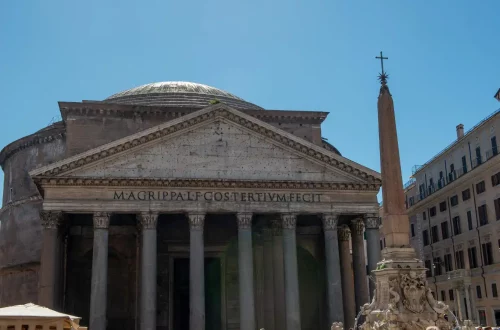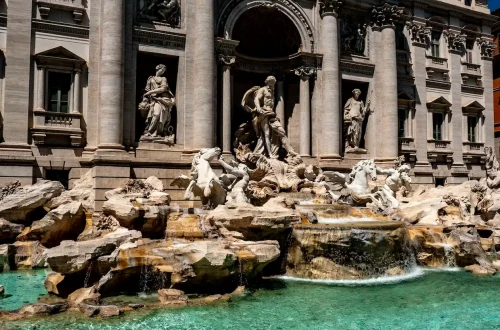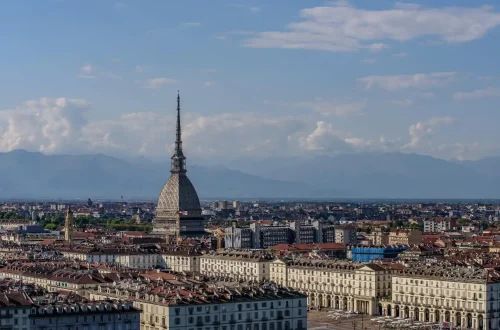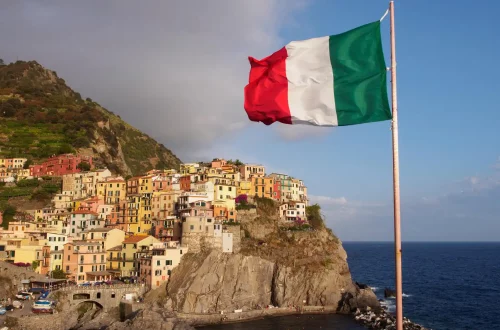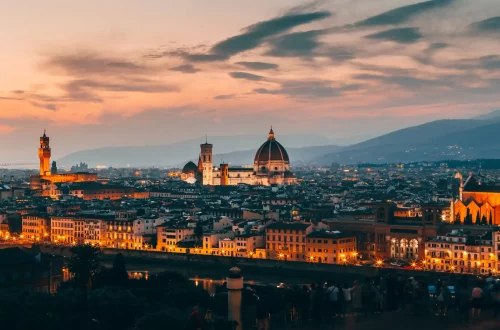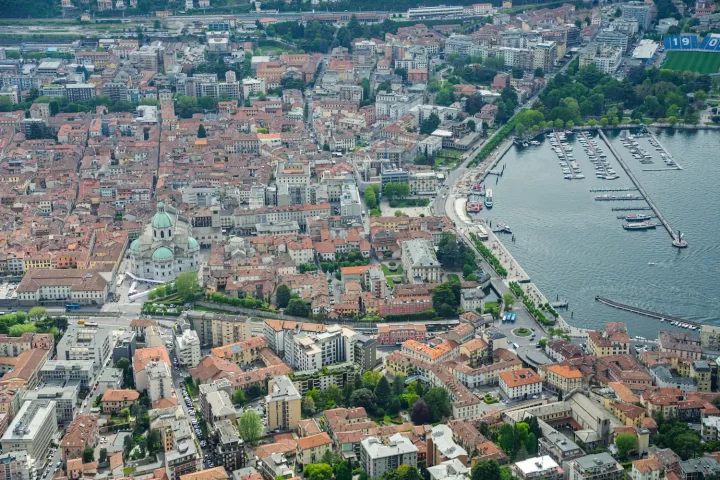When considering a move to Italy, it’s crucial to understand the cost of living across different regions. Italy is known for its cultural diversity, which is reflected in the varying costs of living from one region to another.
North, Central, and South Italy
The cost of living in Italy varies significantly by region and city. Major cities like Milan, Rome, and Bologna have higher costs, especially for rent, compared to smaller towns in the south, such as Palermo.
For example, while rent in Parma is around €650, you can find a small apartment in Palermo for about €450. Overall, the average monthly cost of living in Italy is approximately €2,250 for an individual and €4,250 for a family of four.
Tourism has a notable impact on local prices, especially in cities like Venice and Florence, where the influx of tourists can drive up the costs of goods and services. In high-tourist areas, it’s common to find higher prices for everything from dining to accommodation.
Major monthly expenses
Understanding the breakdown of major monthly expenses is essential for anyone planning to live in Italy.
Housing
Housing is a significant expense in Italy. Renting is often the preferred choice for expats and can vary widely based on location. In Milan, rent for a one-bedroom apartment can range from €1,200 to €1,800 per month, while in Rome, it’s slightly lower at €950 to €2,000. In smaller towns, these prices drop significantly.
Buying a property involves costs like property taxes, notary fees, and maintenance. Prices per square meter also vary greatly, with Milan averaging around €5,400 and Rome around €3,900. In rural areas, property prices can be as low as €1,500 per square meter.
Food
Food expenses can also vary. Shopping at local markets can help save money. On average, a monthly grocery bill for a couple can range from €250 to €350.
Dining out is more expensive, with a meal at a mid-range restaurant costing about €20 per person. For finer dining experiences, prices can rise to €50 or more per person.
Transportation
Transportation costs depend on your mode of choice. A monthly public transport pass typically costs between €30 and €50, while a single ticket is around €1.50.
For those who prefer to own a car, gasoline prices are around €1.8 per liter, and owning a car includes additional expenses like fuel, insurance, and maintenance, which can add up to approximately €200 to €300 per month.
Taxis have an initial fare of around €3.50, plus an extra €1.50 per kilometer. Inter-city travel by train can be cost-effective, especially when booked in advance.
Take advantage of specialized assistance to secure your passport for a borderless future.
Public services and additional fees
Utilities
Basic utilities such as water, electricity, gas, and internet are essential monthly expenses. The average monthly cost for utilities can range from €100 to €200, depending on consumption and location. Internet packages typically cost around €30 to €40 per month.
Municipal taxes
Italy has various municipal taxes that can impact your monthly budget. These include waste collection fees, property taxes, and other local taxes that can vary based on the municipality.
Tax benefits for Italian citizens
Starting from 2024, Italy’s new tax relief for impatriates applies at a general rate of 50% for up to five tax years, with a cap on salaries over €600,000. For workers with minor children, the exempt portion increases to 60%, applicable from the year the child is born or adopted.
Employees must have been tax residents outside Italy for three years before the transfer, and specific conditions apply for intra-company transfers within the same group. Italian citizens must meet AIRE registration or double tax treaty requirements for the relevant period before transferring to Italy.
Healthcare and education considerations
Healthcare
Italy’s public healthcare system is known for its quality and affordability. Italian citizens and residents have access to free or low-cost medical services. Private healthcare is also available and offers shorter wait times but can be more expensive. On average, private health insurance can cost around €500 to €3,000 per year.
Education
Education in Italy is predominantly public and free. Primary and secondary education are available to all residents. For higher education, public universities offer significantly lower tuition fees for EU citizens, with annual tuition ranging from €900 to €4,000.
Private international schools in Italy, however, can be expensive, with fees around €10,000 per year.
Strategies for saving money while living in Italy
Practical tips
Living in Italy doesn’t have to be expensive if you adopt some practical strategies to cut costs:
- Shop locally: Buying fresh produce and other necessities from local markets can save you money and support local businesses.
- Use public transport: Opting for public transport over owning a car can reduce expenses significantly.
- Rent wisely: Consider renting in less tourist-heavy areas to save on housing costs.
- Cook at home: Cooking at home rather than dining out frequently can save a substantial amount of money.
Additionally, Local markets are an integral part of Italian culture and offer fresh, locally sourced products at reasonable prices.
Shopping at these markets not only helps save money but also provides an authentic Italian experience, contributing to the economy of smaller vendors and producers.
Italian citizenship as a permanent solution
Italy’s diverse regions offer varying living costs influenced by location, tourism, and lifestyle choices. Major expenses include housing, food, and transportation, while high-quality healthcare and education systems add to the appeal. By adopting practical strategies and using local markets, one can enjoy the Italian lifestyle affordably.
If you’re seeking Italian citizenship as a permanent solution to reside in Italy, comprehensive assistance from services like io.citizen can ensure a smooth transition to obtaining Italian citizenship, allowing individuals to embrace their new life in Italy with ease and confidence.
Contact us today and ask for a quotation!
